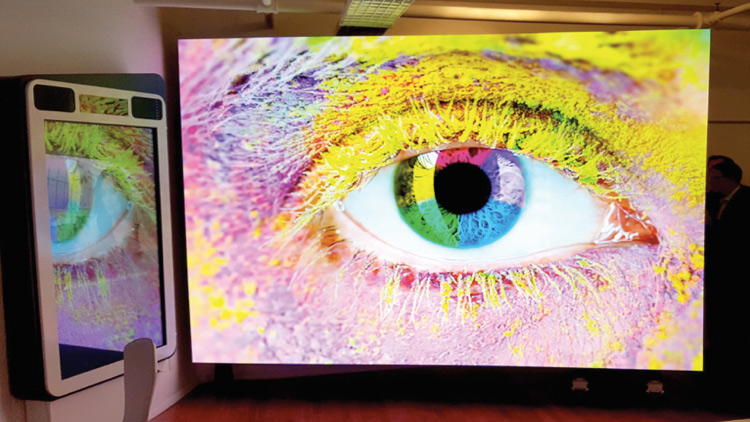Managing the installation of large-format LED and LCD displays is a critical process for AV integrators.
Whether working with new construction or overcoming the challenges of retrofit jobs, integrators bear the burden of safety in display installations. It is important for integrators to maintain the integrity of the project. Cutting corners is a risk no one can afford to take.
By using these tips as a guide, integrators can eliminate a lot of the worry in display installations and focus on delivering the “wow” for their clients.
Always follow rules of thumb with ventilation.
Display manufacturers suggest proper installation techniques for their products, including mounting and other aspects of the job. Paying close attention to a display’s ventilation requirements can save trouble down the line. Most display manufacturers suggest leaving 2.5 inches of space around the top and sides of the display, which allows heat to escape. Blocking airflow will overheat the display and cause failure, and a manufacturer likely will not honor a warranty if the ventilation was done improperly. Get it right the first time and save headaches later.
Don’t overlook third-party product certifications.
Ensuring safety and quality in your work doesn’t have to be a guessing game, thanks to international standards and product certifications. Underwriter Laboratories (UL), for example, tests and certifies the strength and safety of displays. UL also examines materials that go into the wall it attaches to, which gives insight into what display size, weight and configuration it can handle.
The international Organization for Standardization (ISO) is an independent group that ensures product consistency across markets by developing and publishing standards—21,579 to date, covering everything from food safety to technology. Manufacturers that follow ISO standards ensure uniform quality across markets and countries, allowing integrators to minimize errors and problems with display mounting.
Know when to call in professionals to complement your expertise.
Recruit the building's architect or structural engineer, who can advise on the strength and materials of the walls, and work with them on safety approvals. Make sure the end user realizes the importance of keeping all of it under one contractor. Whoever installs the mounts should also install the displays—doing so keeps ownership of the overall safety of the installation where it belongs.
By heeding proper safety measures on the front end, integrators can avoid problems, save lives and even help the market grow. To learn more about display mounting and best practices, visit Peerless-AV’s website.
